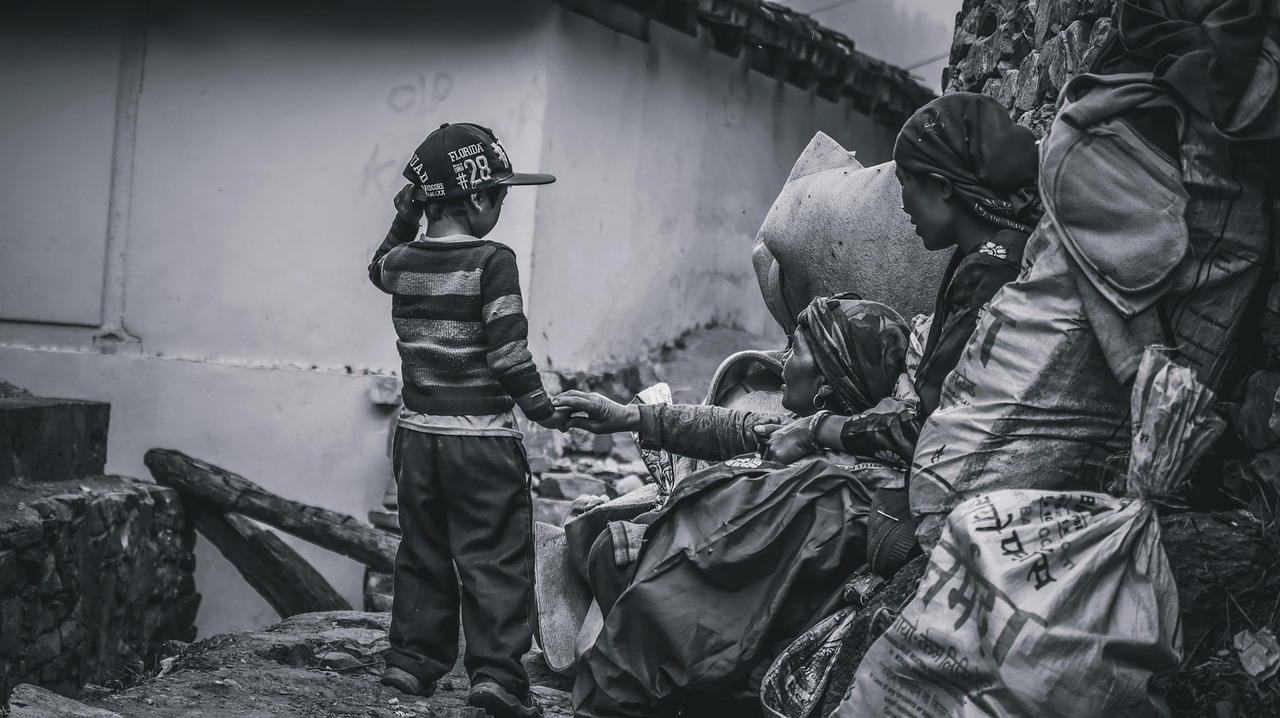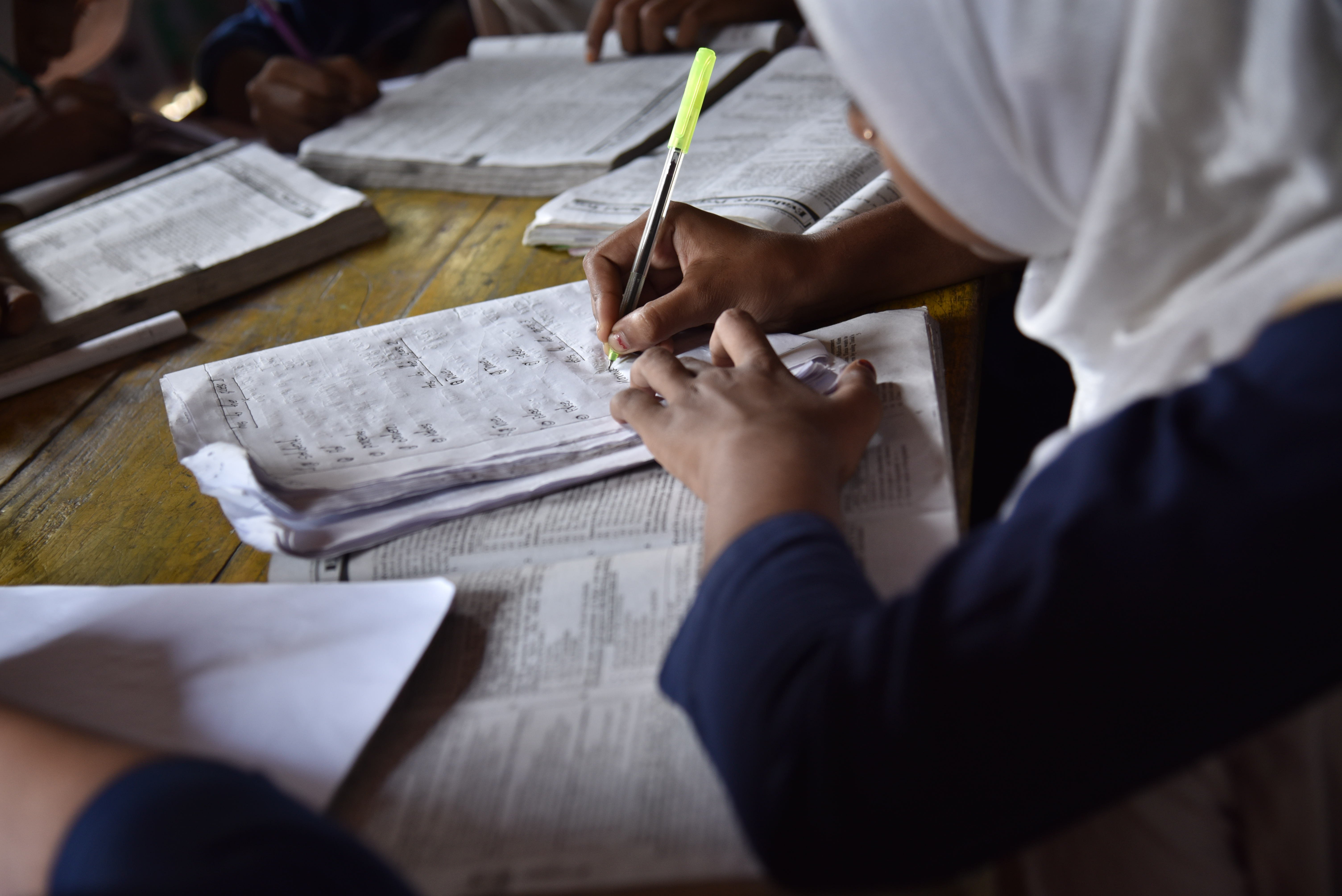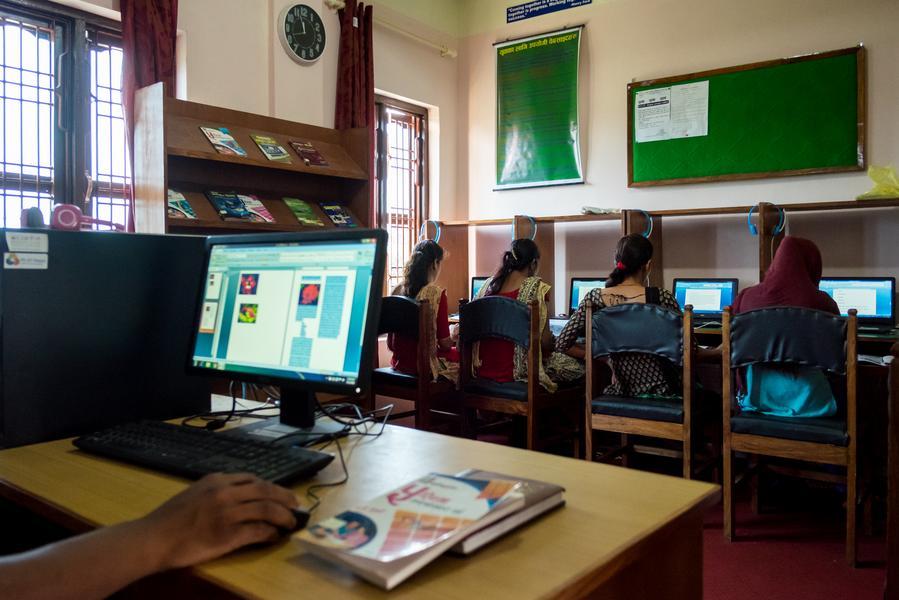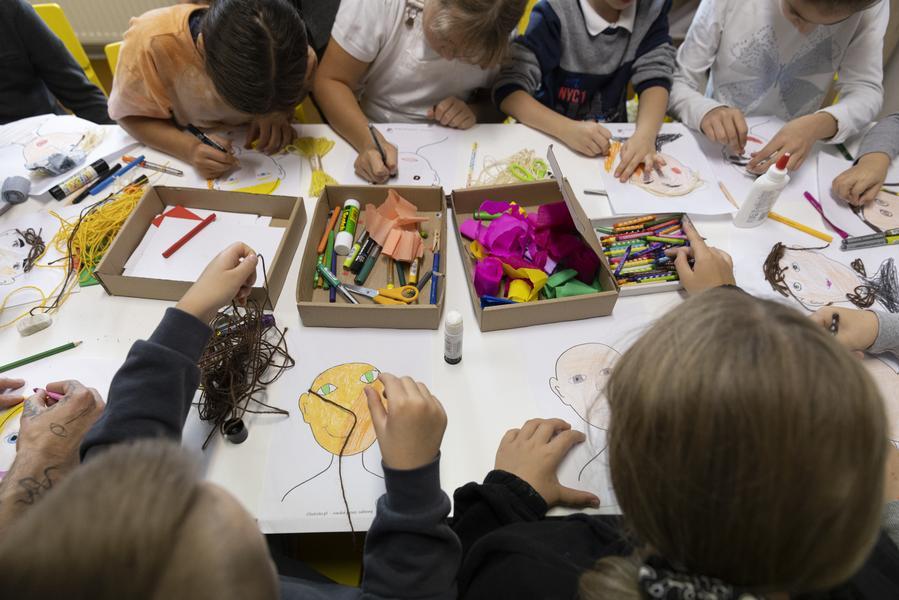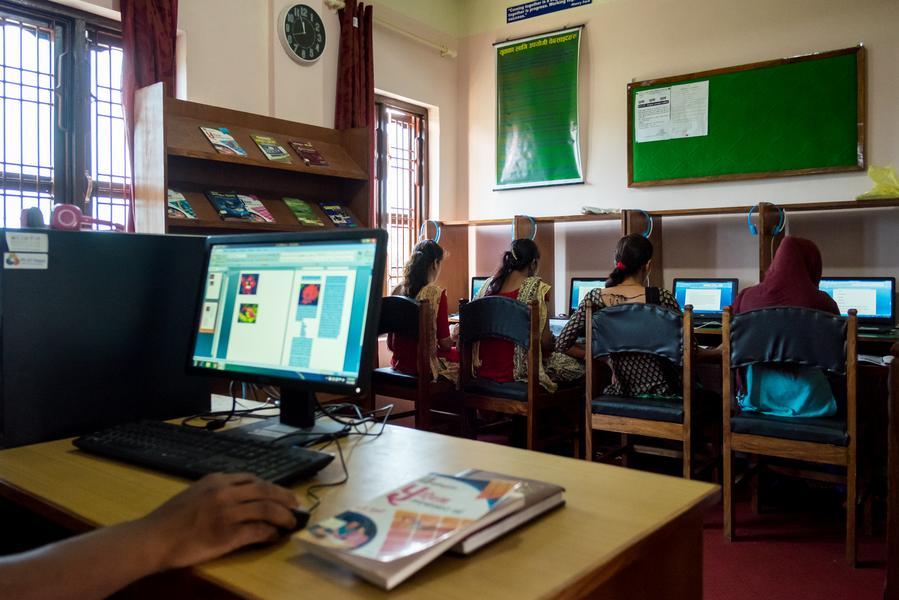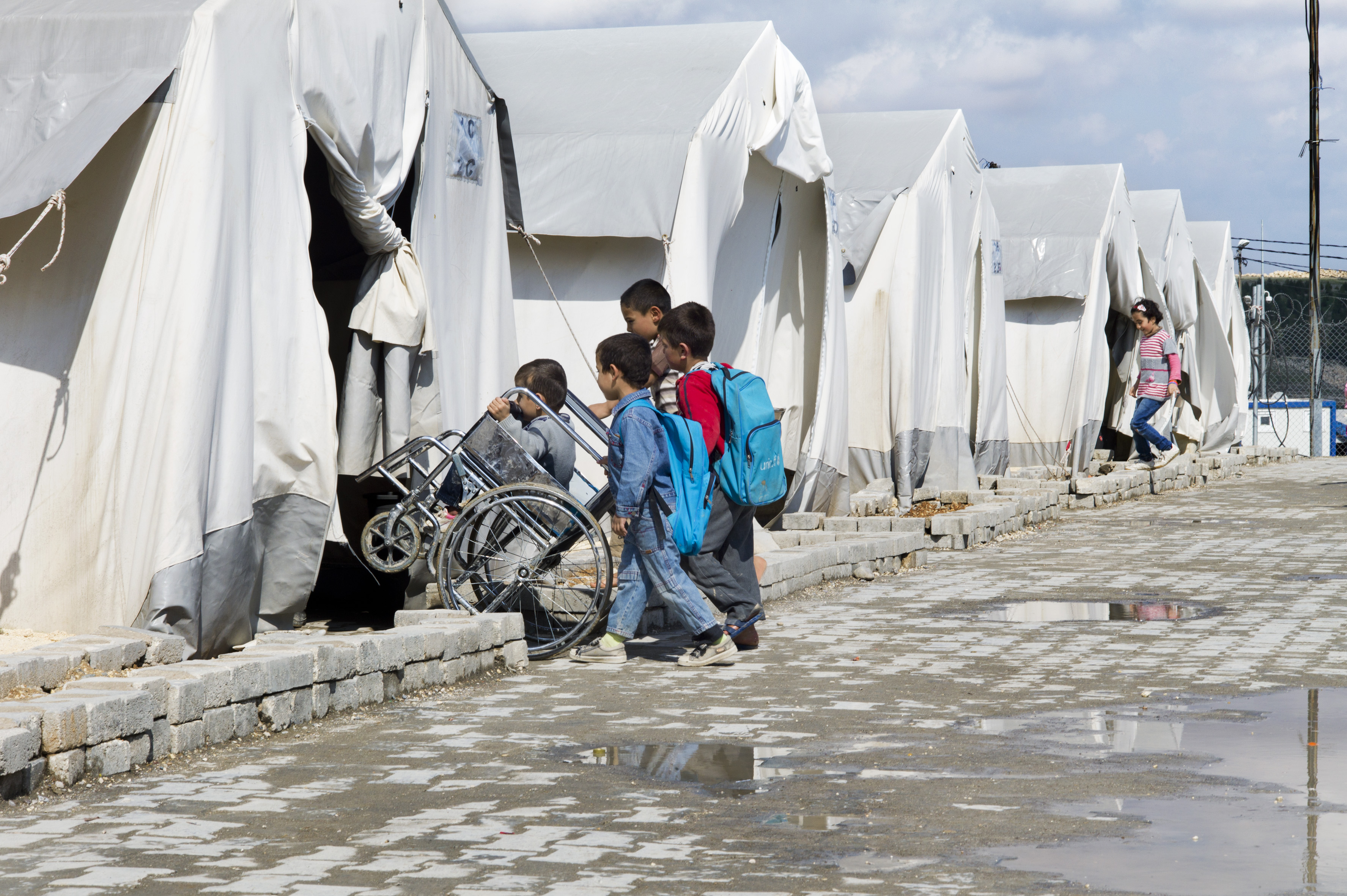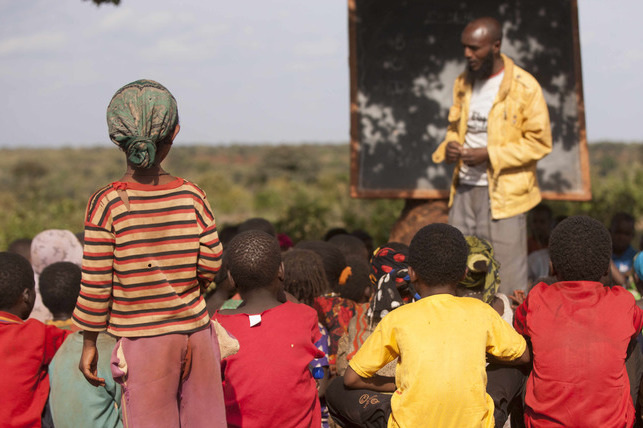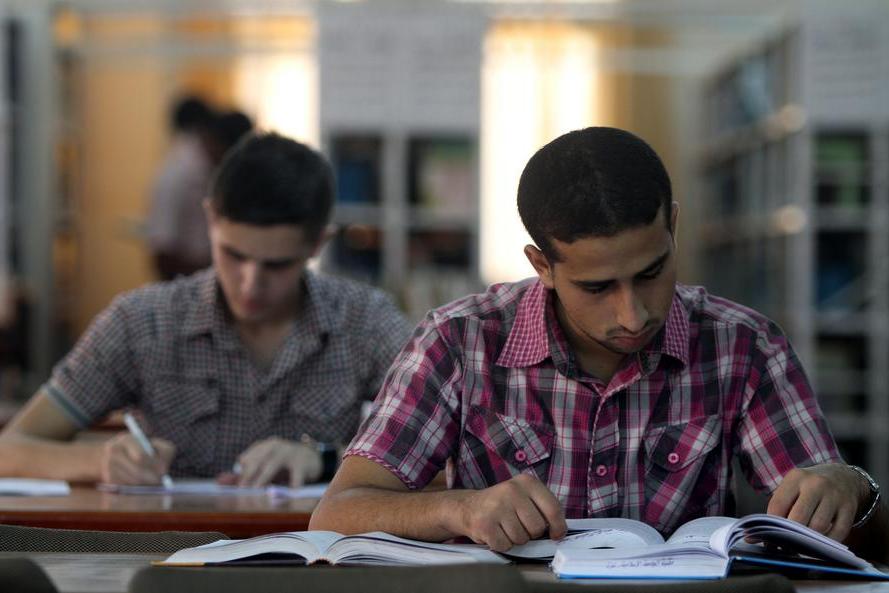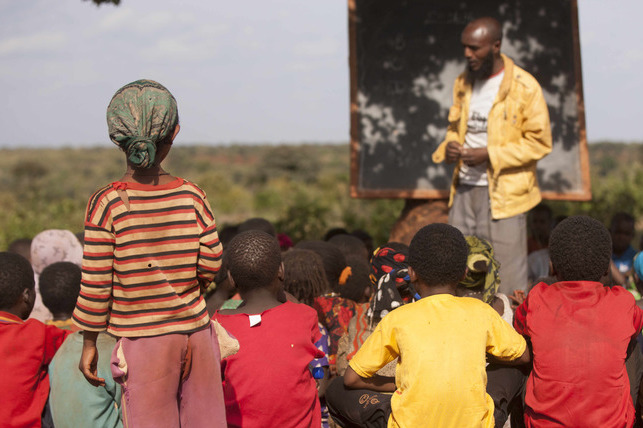Context and Issue
The outbreak of COVID-19 in March 2020 caused a total of more than 25,000 primary schools in Ghana to close, affecting the learning of millions of children, especially those in rural and unprivileged regions without any digital means of learning. This case worsened existing educational disparities further and illustrated the lack of an appropriate solution that would enable learners to switch to self-learning modes.
Solution
To tackle this challenge, the U.S. Agency for International Development (USAID) together with the Ministry of Education of Ghana and the Ghana Education Service (GES) launched the Ghana Learning Radio Program (GLRP) Educational Radio as part of the wider USAID Partnership for Education: Learning activity. FHI 360 implemented this program to try and improve the reading levels of the K-4 children in public primary schools throughout Ghana. Since radio was the main mass media that was used for the program, the GLRP aimed at giving students relevant and interactive learning opportunities no matter where the students were. The program designed hundreds of radio lessons appropriate for the age of their target audiences and also produced and distributed five million worksheets at a subsidized price which promoted English reading as well as some Ghanaian languages. It was achieved by combining the GLRP with other educational programs like the Transition to English Plus Program that were designed to support the return of students to the classroom after long periods of out-of-school activity.
Impact
The GLRP made great strides in education during the pandemic, as it was able to reach about 1.6 million students who could not physically attend classes due to the closure of schools. Through the provision of radio lessons, the initiative helped advance education and close a learning gap for the disadvantaged who were unable to access other distance learning forms. The worksheets were also sent out in cruise ships. This made it feasible for learners to combine materials already taught with radio lessons, which were intended to drill the concepts further. In addition, GLRP played a supportive role in teacher training activities, reaching over 68,000 teachers and over 750,000 learners in over 7000 schools between 2014 and 2023. This was done as part of the larger USAID Partnership for Education: Learning activity.


